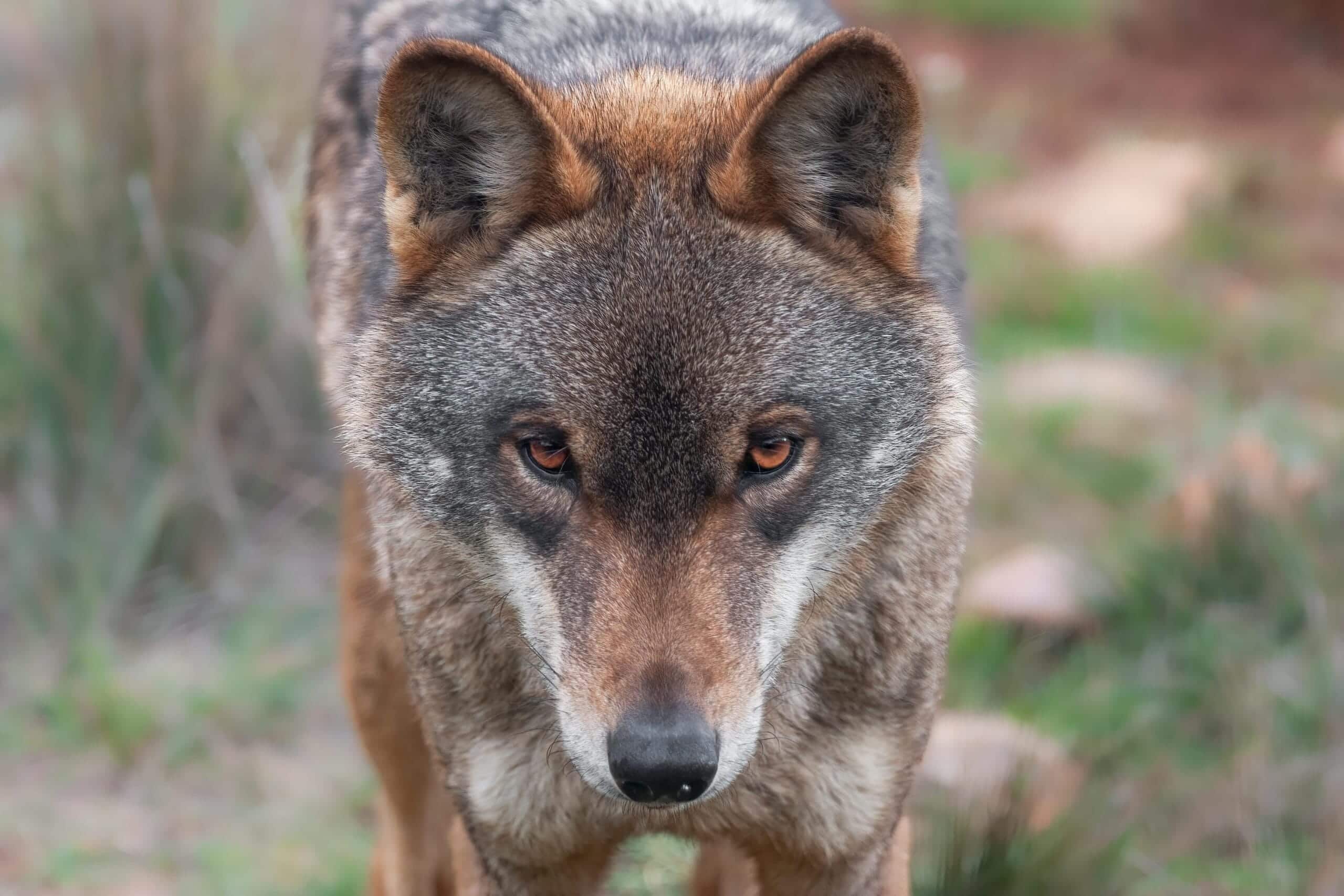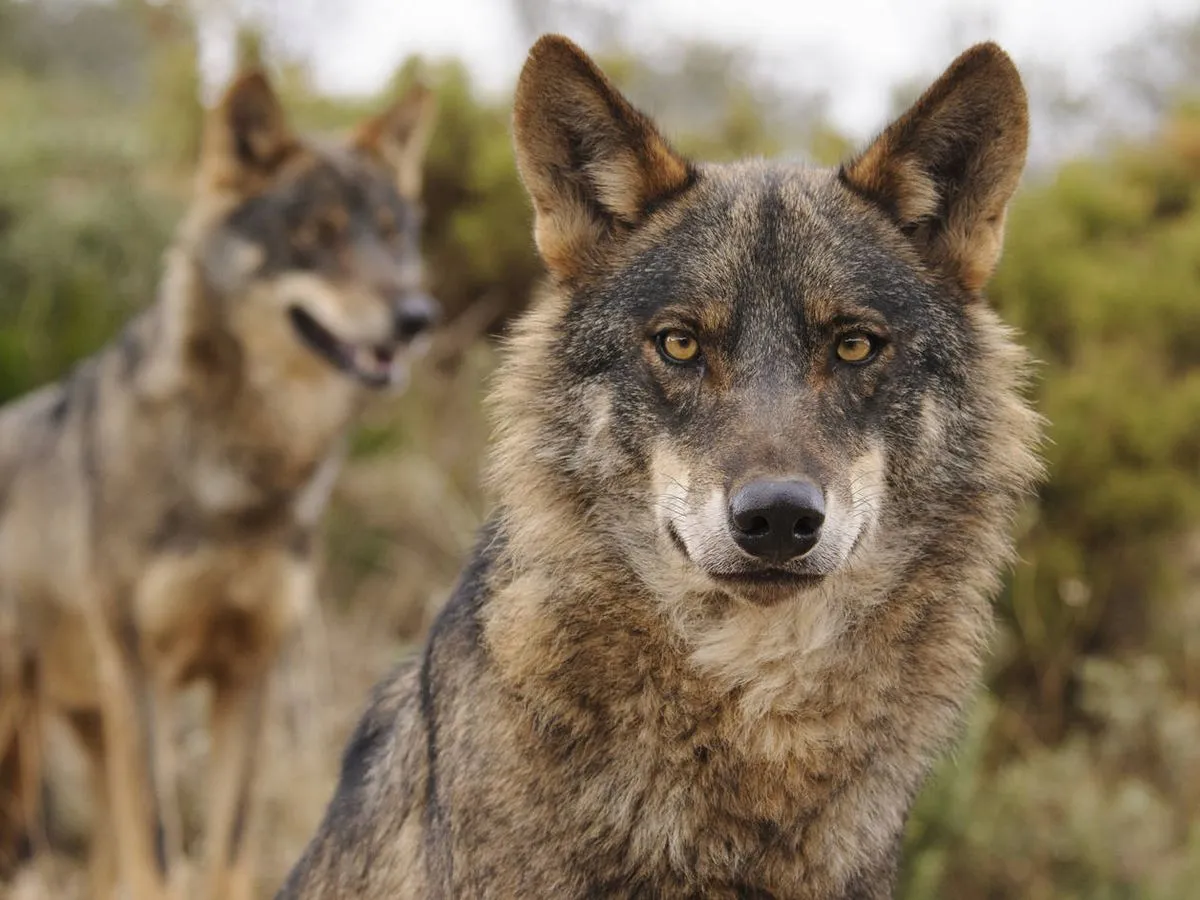The gray wolf, also known as Canis lupus, is a fascinating creature that has captured the imagination of many over the years. This article aims to provide a glimpse into its behavior and habitat, exploring its social dynamics, hunting practices, geographic distribution, and the challenges it faces in terms of conservation. If you are a wildlife lover or simply curious about these magnificent creatures, we invite you to read on.
Gray wolf behavior
The gray wolf is characterized by its complex social structure and organized behavior. The pack, which is the central core of their social life, can vary in size and is composed primarily of an alpha pair, their offspring and other related wolves. These groups are highly collaborative and hierarchical, with each member playing specific roles that ensure the survival of the group.
Social structure and herd dynamics
In a typical gray wolf pack, hierarchy is a fundamental aspect. Alpha wolves are the leaders, in charge of making critical decisions and defending the territory. In addition, social dynamics are strengthened through constant communication through vocalizations, body language and marking rituals.
Some studies suggest that wolves can recognize and remember specific social contacts, which is crucial for maintaining pack cohesion. These bonds not only help in group decision making, but are also essential in the rearing and protection of pups, where collaboration becomes particularly evident.
Hunting and feeding methods
The hunting strategy of gray wolves reflects their capacity for teamwork and cunning. They generally hunt in groups, which significantly increases their chances of success. Depending on the size of the animal to be hunted, they may use tactics such as:
- Pursue and corner the prey.
- Coordination to attack from different angles.
- Choose specific members of the herd to initiate the attack.
Gray wolves show a preference for ungulates such as deer and elk; however, their diet can be very diverse, depending on the availability of prey in their environment.
Geographic distribution and habitat of the gray wolf
Gray wolves once occupied much of the northern hemisphere. Today, their geographic distribution has declined due to human activity, but they can still be found in parts of North America, Europe and Asia.
Natural habitats of the gray wolf
The gray wolf is an adaptive animal, able to thrive in a variety of habitats. From the cold climates of arctic tundras to temperate forests and grasslands, these animals are extremely flexible in terms of their environmental needs.
A key element to their habitat is the availability of prey and abundance of natural refuges. Dense forests offer protection from predators and weather conditions, while open areas are ideal for guarding and hunting.
Adaptations of the gray wolf to different environments
The gray wolf's ability to adapt to different climatic and geographic conditions is remarkable. For example, they develop thicker coats in severe winters to protect themselves from the cold, while in warmer climates, they have lighter coats to avoid overheating. This adaptive characteristic has allowed them to inhabit everything from dense forests to extensive grasslands.
Ecological impact and conservation of the gray wolf
Gray wolves play a crucial role in the ecosystems they inhabit. As top predators, they contribute to the population balance of their prey, which in turn maintains the health of their environment.
The role of the gray wolf in its ecosystem
In their ecosystems, gray wolves function as natural controllers of the herbivore population. This balance prevents overpopulation and resource depletion, promoting biological diversity. The absence of wolves in an ecosystem can lead to trophic cascades, where the uncontrolled increase of herbivores causes a decline in vegetation and affects other species.
Conservation efforts and current challenges
Gray wolf conservation faces multiple challenges. Habitat loss, conflicts with human activities, and indiscriminate hunting are significant obstacles. Fortunately, several conservation initiatives have been implemented, including:
- Reintroduction programs in historical habitats.
- Establishment of protected areas.
- Education and awareness of coexistence between humans and wolves.
Protecting the gray wolf not only preserves an iconic species, but also sustains the health of an entire ecosystem.
The gray wolf continues to be a symbol of wild nature and ecological interdependence. As conservation efforts increase, it is crucial to continue to research and support ways to sustain this species for future generations. Without a doubt, gray wolves are a testament to the balance and resilience of life on our planet.



